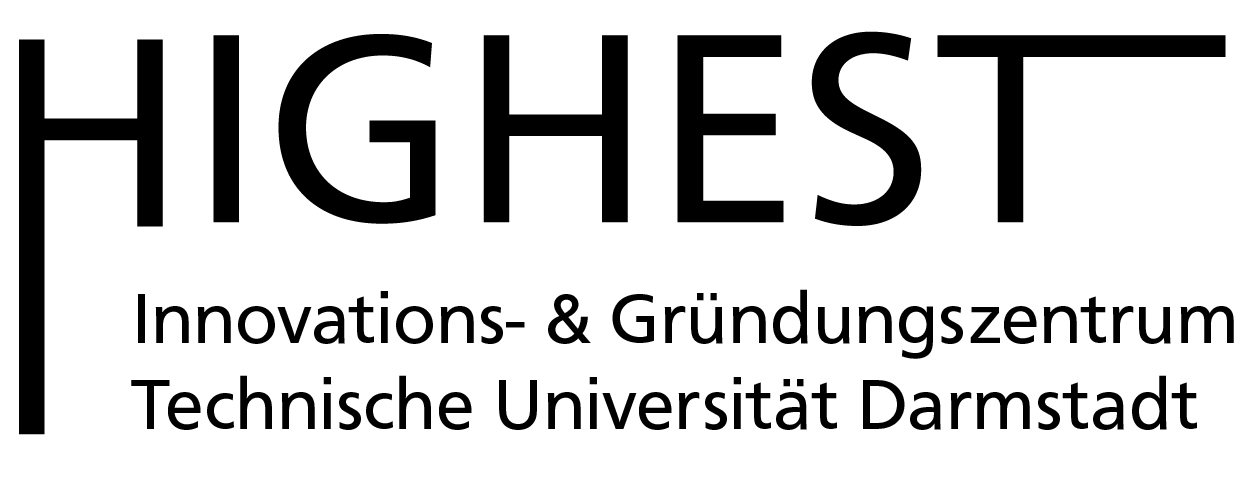Virtual Power Plants
In order to coordinate the operation of the individual plants in time and to make synergy effects between different types of plants usable, a control system is required in which special control algorithms (pool controllers) intelligently control the decentralized plants. The Virtual Power Plant can thus operate in a similar way to a conventional power plant.
Significance for the energy transition
Virtual Power Plants can help to reduce the demand for grid extension by enabling grid cells to control decentralized generation or consumption in a coordinated manner. The resulting reduction in the costs of grid extension has a positive effect on the electricity price, which in turn leads to higher acceptance of the energy transition.
Furthermore, a Virtual Power Plant is also able to run large power gradients without any problems and to switch off the controllable power generation at low costs. These characteristics are particularly advantageous in view of the higher fluctuations in power generation coming with the expansion of renewable energies.
In order to achieve the climate protection goals, it is not only necessary to convert the electricity supply to renewable energies. The heating sector and the transport sector also need to be restructured. The term sector coupling refers to the integration of the energy sectors electricity, heat and transport. The electrical energy is seen as an energetic hub. The sector coupling opens up further high optimization potentials, but also increases the complexity of the system. Virtual Power Plants with a special pool controller are the ideal tool to cope with this complexity.
Economic importance
The deployment of virtual Power Plants makes it easier to overcome market barriers. The intelligent networking enables decentralized systems that are too small for market requirements or cannot be adequately controlled to handle markets with increased requirements. The Virtual Power Plant thus enables the provision of energy services such as traditional stock exchange transactions on the one hand side and system services to stabilize the electricity grid on the other.
| Name | Working area(s) | Contact | |
|---|---|---|---|

| M.Sc. Thomas Weber | weber@ptw.tu-... +49 6151 16-26054 L1|11 203 |






